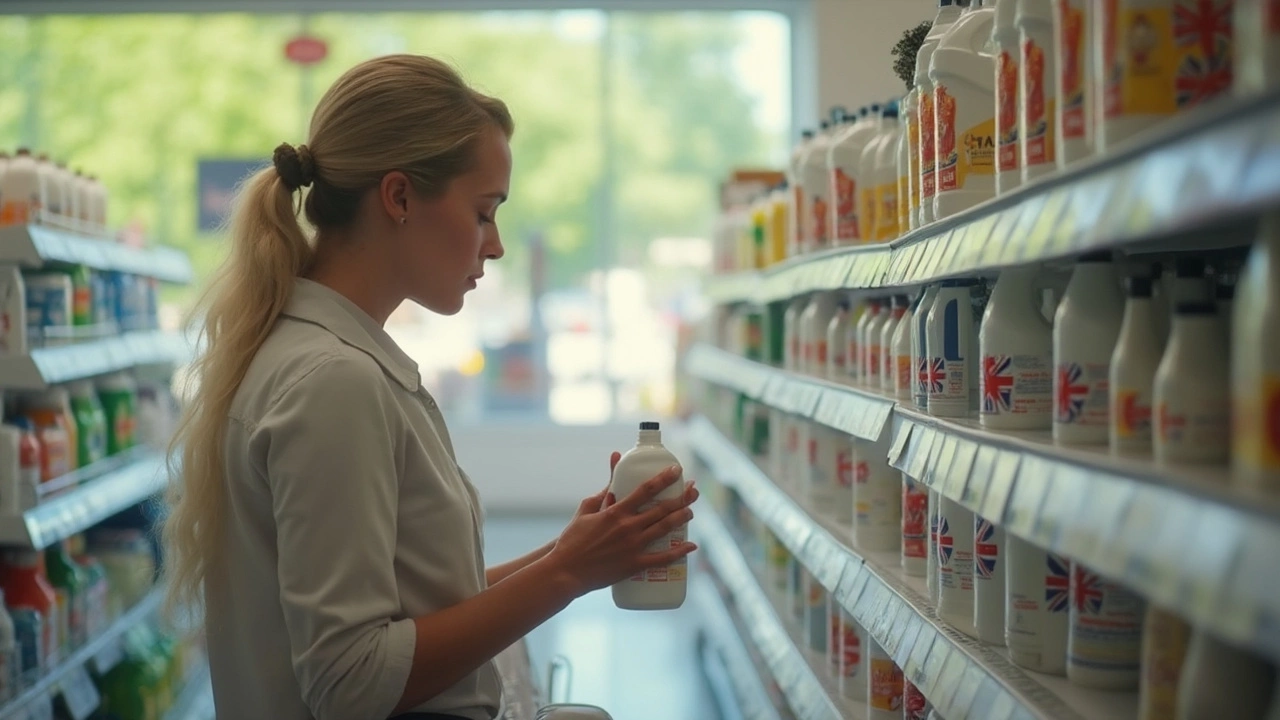Bleach Cleaning Tips for Everyday Use
Bleach is a cheap, powerful cleaner that can kill germs and brighten whites. But you don’t have to be a chemist to use it safely. Below are straight‑forward steps you can follow right now to get the most out of a bottle of bleach without risking damage or health problems.
How to Use Bleach Safely
First, always work in a well‑ventilated area. Open windows, turn on a fan, or step outside for a minute. Wear rubber gloves so the liquid doesn’t irritate your skin, and never mix bleach with ammonia, vinegar, or other cleaners – the reaction can produce toxic fumes.
For most jobs, a 1:10 dilution (one part bleach to ten parts water) does the trick. That’s roughly a half‑cup of regular household bleach in a gallon of water. If you’re cleaning a bathroom tile or disinfecting a cutting board, this mix is strong enough to kill bacteria but gentle enough for the surface.
Label any bucket you use with the dilution ratio and the date you made it. Bleach loses strength over time, so use the mixture within 24 hours for best results. If you need a stronger solution for tough stains, go up to a 1:5 ratio, but only for short‑term contact and always rinse thoroughly afterward.
Top Bleach Jobs Around the House
Whitening laundry: Add half a cup of bleach to the wash cycle for whites and color‑fast fabrics. For colored items, use a color‑safe bleach instead.
Stain removal: Spot‑treat fabric stains (like wine or coffee) by dabbing a few drops of the 1:10 mix onto the spot, letting it sit for five minutes, then rinsing with cold water. Test on a hidden area first to avoid discoloration.
Bathroom cleaning: Spray the diluted bleach on shower walls, tub edges, and toilet bowls. Let it sit for ten minutes, scrub with a brush, and flush or rinse. The bleach will dissolve soap scum and kill mold spores.
Kitchen sanitizing: Use the same 1:10 mix on countertops, sink basins, and cutting boards. After a few minutes, wipe clean with a damp cloth. Never apply bleach directly on food‑contact surfaces without rinsing.
Outdoor use: For a patio or drive‑way, you can dilute bleach in a bucket and scrub tough algae or mildew patches. Rinse well with a hose afterward to prevent streaks.
Remember to store bleach in a cool, dark place away from children and pets. Keep the cap tight so the solution doesn’t evaporate or degrade.
With these simple tips, you can turn bleach into a reliable ally for a cleaner, healthier home. No fancy equipment, just a little caution and the right mix. Try one of the jobs above today and see how quickly bleach cuts through grime and germs.

Is Bleach Eco-Friendly? Cutting Through the Hype
Bleach shows up in every store's cleaning aisle, but just how safe is it for the planet? This article breaks down what happens when you use bleach, how it affects the environment, and if there are truly eco-friendly bleach alternatives. You'll learn about the science, the potential risks, and smart ways to clean up without harming nature. We've even tossed in tips on greener choices and what to avoid if you want a cleaner, safer home. Get ready to rethink that white plastic jug under your sink.
Read More